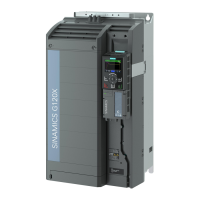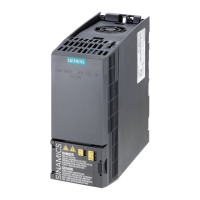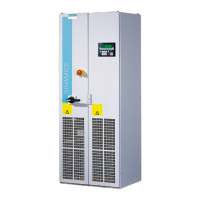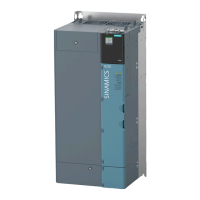Main features of the braking functions
DC braking
DC braking prevents the motor from transferring the braking en‐
ergy to the converter. The converter impresses a DC current into
the motor, which brakes the motor. The motor converts the brak‐
ing energy E of the load into heat.
●
Advantage:
The motor brakes the load without the converter
having to process regenerative power.
●
Disadvantages:
significant increase in the motor temperature;
no defined braking characteristics; no constant braking
torque; no braking torque at standstill; braking energy E is lost
as heat; does not function when the power fails
Compound braking
One version of DC braking. The converter brakes the motor with
a defined ramp-down time and superimposes a DC current on the
output current.
Advanced commissioning
6.6 Motor control
SINAMICS G120XA converter
296 Operating Instructions, 03/2019, FW V1.0, A5E44751205B AB
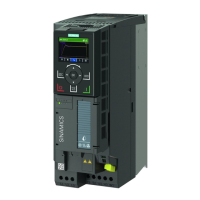
